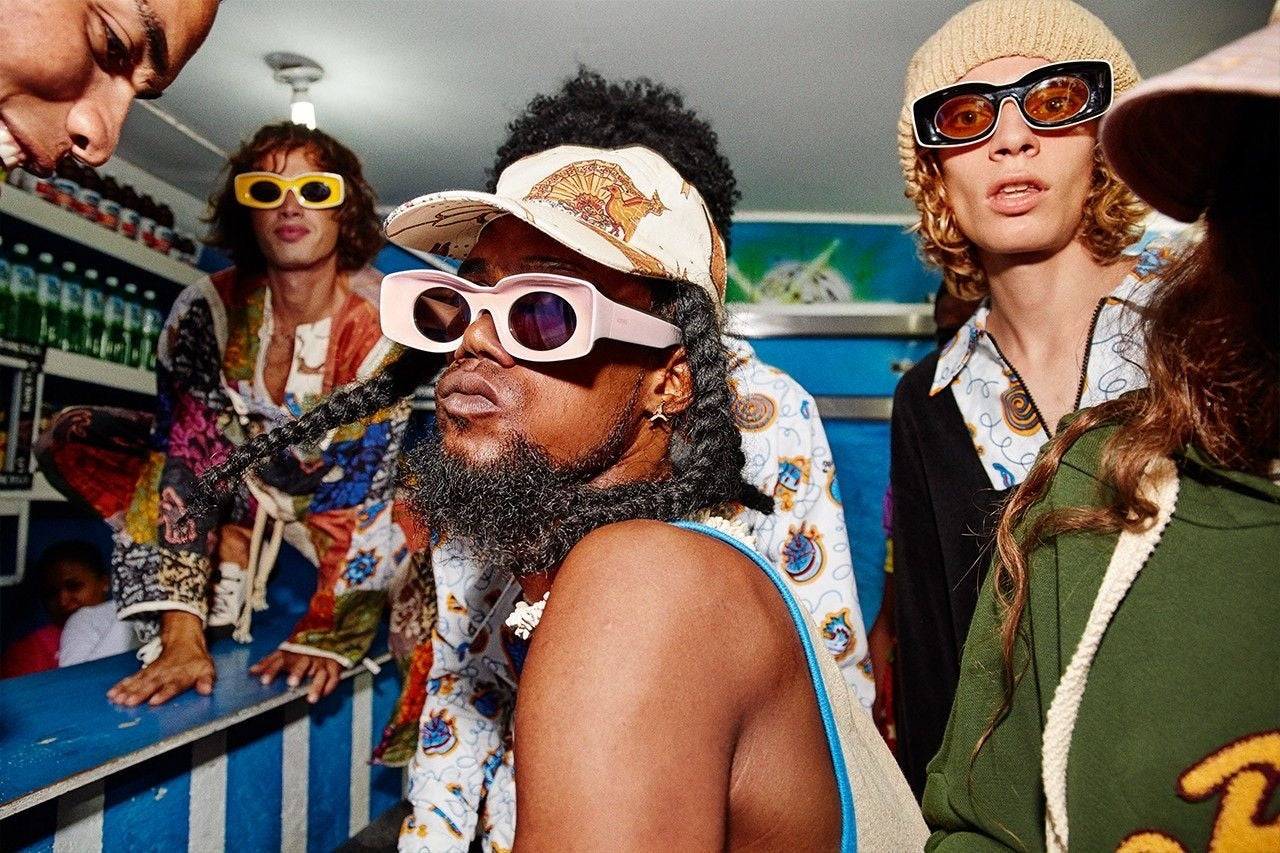TAKE THE TIME TO SMILE®
At Smiley, our goal is to spread positivity through smiles, to make the world a happier, kinder place.
Throughout the last five decades, all our collaborations, partnerships and experiences have laddered up to this ethos and as we look ahead to the next fifty years and beyond, we’re constantly finding ways to show people how to smile back at the world - we do this by continuing to encourage people to 'Take the Time to Smile’ - because what's more inspiring and universal than a smile?
Where it all began
Paris, France - A young journalist named Franklin Loufrani had a stroke of invention. Loufrani had foregone college and joined his first newspaper at 19, and, in 1971, while working for the newspaper France-Soir, he became tired of the constant stream of negative news and decided to design a campaign that would highlight positive stories to readers. His idea? A smiling yellow face next to all positive news and on fun products to spread the campaign in every home and public space.
This simple trademark — a yellow circle, two dots, a smile — retained relevancy through 50 years of cultural movements, from free love to raves to the digital revolution thanks to the creative efforts and networking ability of Franklin and his son Nicolas who joined him in 1997, surrounded by all the amazing people working at the Smiley company and its partners.
1970s-1980s
WAR AND PEACE
The logo which was not yet branded Smiley became a beacon and one of the leading icons of the peace and love culture during this decade of economic, political and social unrest. Providing a much-needed morale boost during this turbulent time, Smiley products were adopted by artists and musicians and used to convey their willingness to make the world a happier place.
1980s-1990s
YOUTH MOVEMENT AND COUNTERCULTURE
Smiley’s influence grew alongside emerging musical subcultures, becoming the symbol of the electronic music movement, which continued into the 90s. Printed on everything from stickers, t-shirts, ticket stubs, flyers and shoelaces – this visual shorthand was latched onto by a new hedonistic popular culture.
Smiley further cemented its iconic status by appearing on a poster to advertise Nirvana’s “Nevermind” album release, thereby inspiring the dawn of the 90s grunge movement.
1990s-2000s
THE UNIVERSAL LANGUAGE OF A SMILE
The enduring cultural impact of Smiley was embraced by a new digital generation.
Well ahead of his time, the Smiley Company co-founder Nicolas Loufrani created a new universal form of digital communication by adding a variety of facial expressions to the original Smiley. These emoticons inspired a visual-communication revolution and are now sent around the world daily, at an infinite pace.
2000s-2010s
THE ORIGINAL COLLABORATOR
Continuing to influence modern culture, as one of the world’s top global collaboration licensing brands, Smiley has collaborated on high profile activities spanning fashion, art, beauty, homeware, food and beverage. Famous artworks have included street artist Banksy’s Policeman (2003) and Grim Reaper (2005), and for the first time Smiley played on our rich heritage by launching into fashion and design. Major partnerships include Supreme, Armani, Loewe, Zara, Moschino, Raf Simons, H&M, Eastpak, Dsquared2 and Adidas…to name a few.
2020s
50 YEARS OF DEFIANT OPTIMISM
In 2022 Smiley celebrated turning 50 with the launch of a global campaign to revive our original mantra: ‘Take the Time to Smile’.
The initiative saw us partner with over 60 brands and retailers from around the globe on exhibitions, custom music tracks, product collections and immersive experiences. In the same year we announced the launch of Future Positive, an industry first-of-its-kind campaign working with other global brands at tackling worldwide social and climate injustice through product transparency and sustainability.


